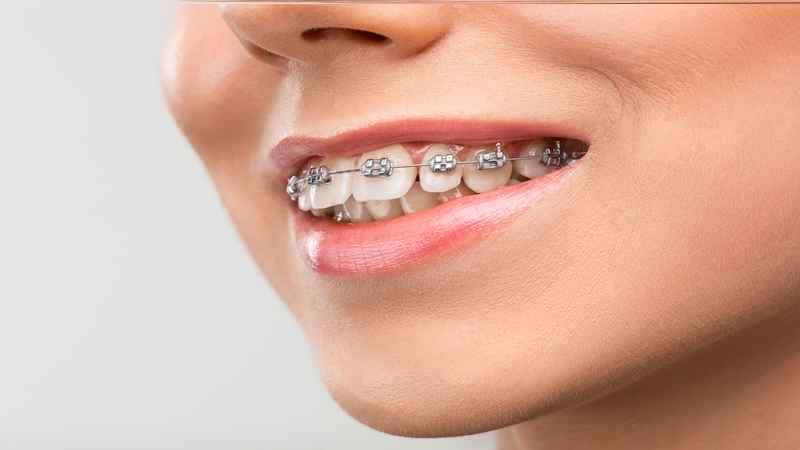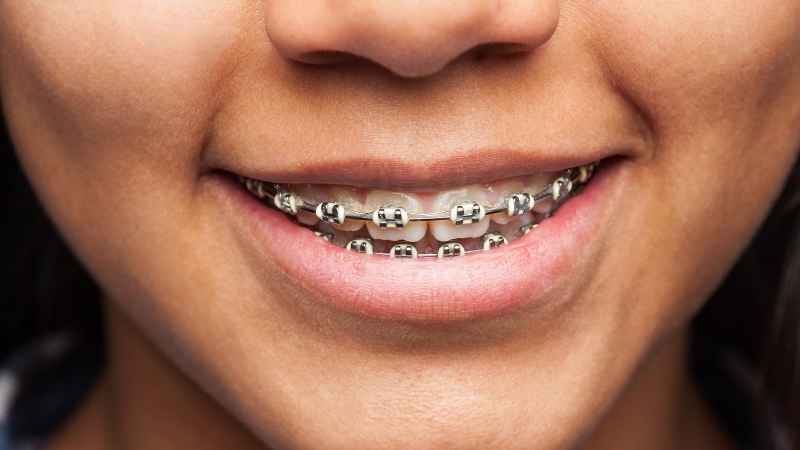Springs On Braces – A Virtual Guide
Updated: 11 Jun 24
96

Springs on braces are tiny yet powerful tooth movement devices for your orthodontist treatment. You might have heard a lot about brackets, wires, and rubber bands on braces, but have you ever heard of springs on braces?
They basically help and guide teeth into their desired positions. As you know, springs have elasticity; they apply gentle pressure to teeth to correct a variety of issues.
Crowding, bite problems, and teeth spacing can be cured with orthodontic springs. These tiny yet very helpful devices play a great role in making your orthodontic journey smooth like butter.
Table of Contents
What Are Springs On Braces Wire?
Springs on the wire of braces will apply continuous pressure to the teeth. When it comes to fixing your dental issues and misalignments, braces alone are sometimes not enough; they need some other devices to help them achieve the desired outcome.
Springs on braces address multiple dental issues depending on the type of springs your orthodontist has recommended to you.
Coil Springs On Braces
Braces coil springs are very helpful in crowding and teeth spacing. Let’s see briefly it’s two types:
- Open Coil Spring On Braces
It is used to create spaces between the teeth. It slides down the archwire of braces and stays between the two brackets, applying an outward force to move the teeth apart.
- Closed Coil Spring On Braces
A closed coil spring exerts a force, bringing the teeth closer together. They are placed between the adjacent inter bracket spaces over the archwire.
Both open or closed springs need to be fixed accurately to the edges of the brackets to avoid any movement brackets on either side.
What Do Springs On Braces Do?
Spring-loaded braces are used along with the archwire springs in braces to address spacing issues. These springs can either run parallel to the archwire or thread the wire through them. The dental spring mechanism encompasses multiple benefits that result in an aesthetically pleasing smile for you.
- Correcting Overcrowded Teeth: Springs apply gentle force on misaligned and crowded teeth to reposition them. The gentle force they apply helps to create space for positioning the teeth in a more aligned form.
- Closing Gaps Between The Teeth: They narrow the spaces between the teeth, resulting in an aligned formation of your teeth, giving you a beautiful smile.
What are Springs on Braces for?

Braces need added support in the form of brackets, wires, rubber bands, and other crucial part springs to address all your orthodontist issues completely. They are basically dental braces components.
Yes, you heard it right! Springs, however minute, work wonders by concluding the dental issue on point. May it be pulling together or pushing apart teeth? They give a great deal of ease and effectiveness to your orthodontic journey.
Springs on braces are crafted to fix dental issues like overbite, underbite, misalignments or spacing between teeth. These springs work by pushing and pulling the teeth that need to be moved to a desired position.
When Does a Patient Need Orthodontic Appliances With Springs?
Your orthodontist will recommend appliances with springs to achieve alignment of your teeth. Usually, orthodontists recommend tooth alignment springs when:
- You have difficulty wearing rubber bands on your braces, and you need a permanent solution.
- You have a large overbite, and only a tough treatment can fix the problem; elastics alone cannot target the issue.
- You want to achieve alignment of your teeth without involving any extraction of your permanent teeth.
Conclusion
An overview of springs on braces, along with the line of action they work on, and an in-depth explanation of different types of springs may help you understand and analyze the importance of springs based on a patient’s particular needs.
We hope this article helps you better understand the significance of dental spring mechanisms and their role in achieving optimal orthodontic results for individual patient needs.
FAQS
How long do springs on braces last?
The length of treatment completely depends upon the severity of your dental issue. The more severe the issue, the longer the length. Usually, it lasts for 3 to 6 months in patients with milder misalignments.
How Painful are springs on braces?
Some discomfort and irritation are definitely associated with springs on braces, but they fade away with the passing of time.
How do you eat with springs?
Initially, it may be harder to chew. Eating soft, nutritious food is recommended to avoid any damage to the springs. The greater care leads to greater results.


Please Write Your Comments